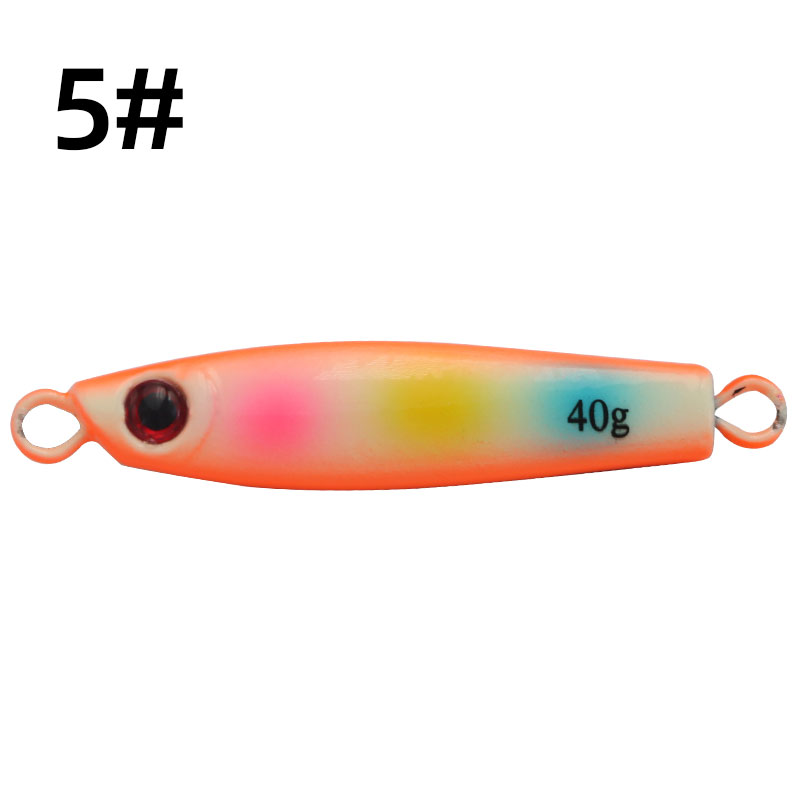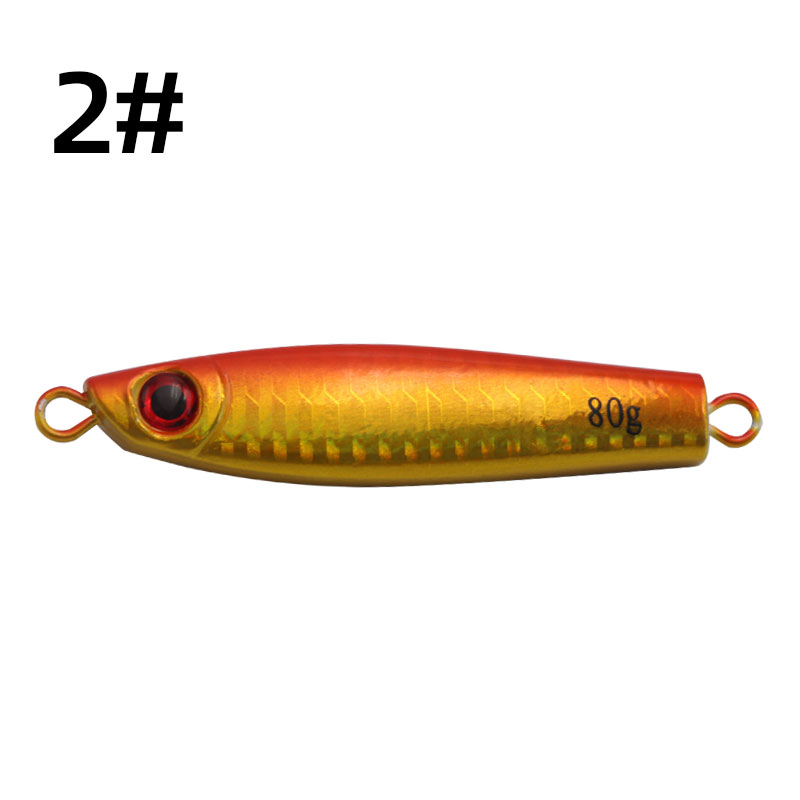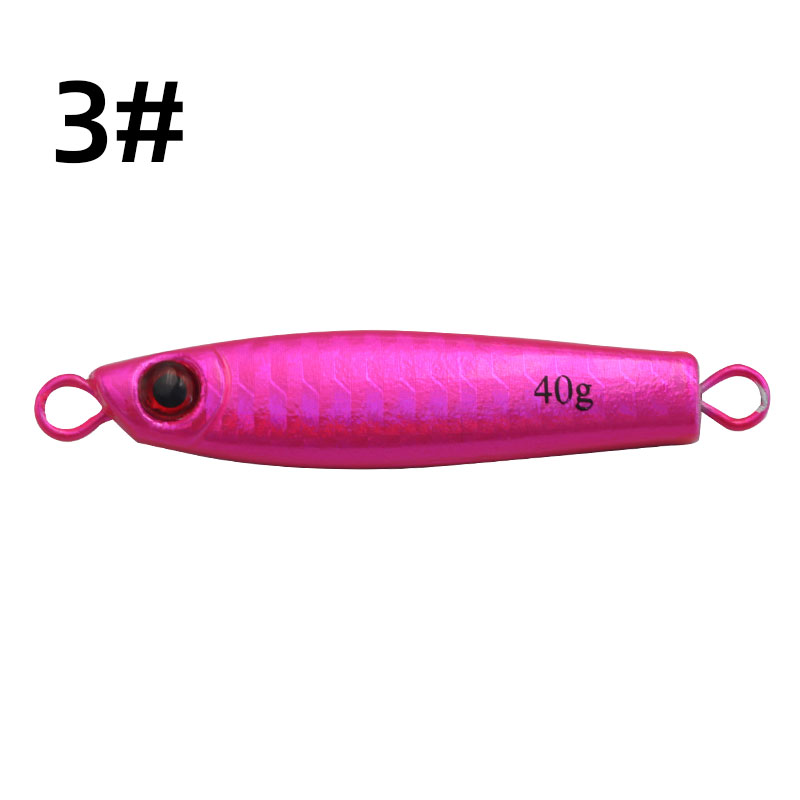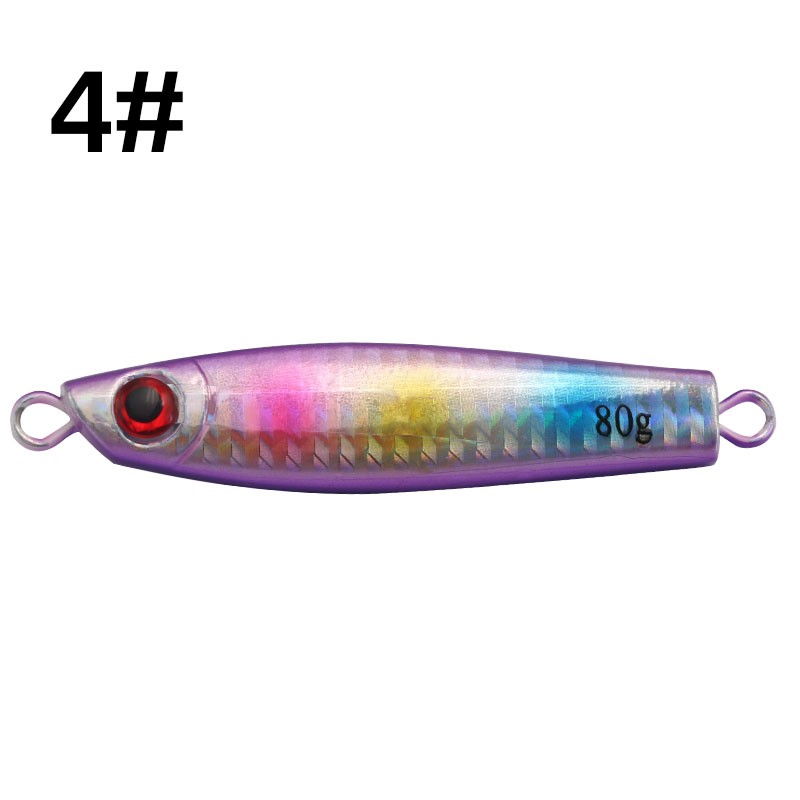Flat-Side Jigs Fishing Metal Jig Lure Saltwater Lure Fish Lure Jig For Sale
追加情報
| 色 | optional |
|---|---|
| Material | Lead, metal |
| Weight | 40g,80g |
| Model | TX-34 |
| Package | OPP/PVC Bag |
| Length | 146-280mm |
Product Details:
Flat-side jigs have become an essential tool for anglers seeking to target a wide range of fish species. Their unique design, which creates an enticing fluttering action, makes them highly effective for fishing in deeper waters. In this guide, we’ll explore everything you need to know about flat-side jigs, from how they work to expert tips on using them effectively. Whether you’re a beginner or an experienced angler, this article will help you master flat-side jigging.
What Are Flat-Side Jigs?
Flat-side jigs are fishing lures with a unique rear and center-weighted design. Unlike traditional jigs, which fall straight to the bottom, flat-side jigs have a fluttering, swinging motion as they descend. This motion mimics the movement of injured baitfish, making them highly attractive to predatory fish lurking in the depths. Flat-side jigs are commonly made of metal and are available in various weights and colors to match the conditions and target species.
The Benefits of Using Flat-Side Jigs
- Realistic Action: The unique shape and balance give these jigs a natural, erratic movement in the water, which can trigger strikes from even the most cautious fish.
- 多用途性: Flat-side jigs are effective in a variety of fishing environments and can attract multiple species, making them a go-to choice for anglers in different conditions.
- Deep-Water Efficiency: These jigs sink quickly, making them ideal for reaching fish in deeper waters and covering a large portion of the water column with each drop.
How to Fish with Flat-Side Jigs
Fishing with flat-side jigs is straightforward but requires some technique. To use them effectively:
- Drop to the Bottom: Start by letting the jig fall to the bottom. The jig’s swinging motion on the descent will immediately start to attract attention from fish.
- Jigging Motion: Once on the bottom, raise the rod tip to lift the jig and then let it drop back down. This up-and-down “jigging” motion creates flashes and movement that mimic a wounded fish.
- Repeat Through the Water Column: Flat-side jigs are also effective through various depths, so after a few jigs on the bottom, lift the jig through different depths on the way up to cover more of the water column.
Choosing the Right Flat-Side Jig for the Conditions
- Weight: The weight of the jig should match the depth and current. Heavier jigs are better for deep waters and strong currents, while lighter jigs work well in shallower or calmer conditions.
- 色: Bright colors are ideal for clear water or when targeting fish that are active during the day, while darker or natural colors are better for murky water or low-light conditions.
- Hook Selection: Quality hooks are essential to avoid missed strikes or lost fish. Flat-side jigs usually come with a single or double hook; ensure that the hook is strong and sharp for the best results.
Best Situations for Using Flat-Side Jigs
Flat-side jigs shine in specific scenarios, including:
- Offshore Fishing: When fishing offshore, flat-side jigs can attract various species like tuna, amberjack, and grouper. They’re particularly effective for deep-water applications.
- Vertical Jigging: For anglers who prefer vertical jigging, flat-side jigs are perfect as they allow for efficient movement through different depths, maximizing the chance of a bite.
- Fishing Around Structures: Flat-side jigs work well around structures where predatory fish tend to hide, as their movement is perfect for luring out fish waiting in ambush.
Top Tips for Maximizing Your Flat-Side Jig Fishing Success
- Vary Your Retrieval Speed: Sometimes a faster or slower jigging motion can be more enticing to fish. Experiment with different speeds to see what works best.
- Use a Sensitive Rod: A rod with good sensitivity allows you to feel subtle bites as fish test the jig. This helps ensure you’re ready to set the hook at the right moment.
- Watch for Line Tension Changes: If you notice the line goes slack before the jig reaches the bottom, it may indicate a fish has grabbed the lure. Be prepared to set the hook immediately.
- Match the Hatch: If you know what type of baitfish are present in the area, choose a jig color that resembles them. This increases the likelihood that the jig will be mistaken for a real fish.
Common Mistakes to Avoid with Flat-Side Jigs
- Not Adjusting for Depth: Using a jig that’s too light or too heavy for the water depth can limit your success. Choose a jig weight that matches the depth for better control and presentation.
- Ignoring Current Conditions: Strong currents can alter the movement of your jig. Make adjustments by selecting a heavier jig if needed to maintain control in faster-moving water.
- Failing to Check Hooks: After catching a few fish, check your hooks for wear and tear. Dull or bent hooks are less effective and can cause lost fish, so always make sure they’re in good shape.
Flat-side jigs are a versatile and highly effective tool for any angler looking to improve their success on the water. Their unique design, paired with a bit of skill and the right conditions, makes them ideal for attracting fish in deeper waters and around structures. By choosing the right jig, employing the proper technique, and avoiding common mistakes, you can unlock the full potential of flat-side jigs. So grab a few of these jigs on your next fishing trip and experience the difference they can make!
関連商品
-
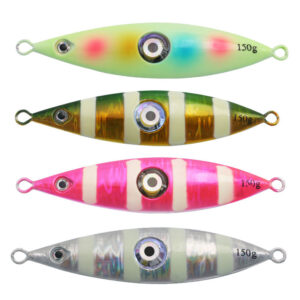
Far-cast iron plate Lure simulation bait freshwater beak bait shore-cast sea fishing Luya iron plate lead fish bionic bait
-
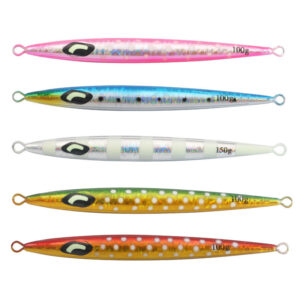
Metal Jig Fishing Lure Slow Cast Jigging Spoon colorful Artificial Shore Metal Bait Sea Tackle
-

Metal Jig Lure Fishing Jigs Saltwater Metal Long Casting Shore Jigging Fishing Lures
-
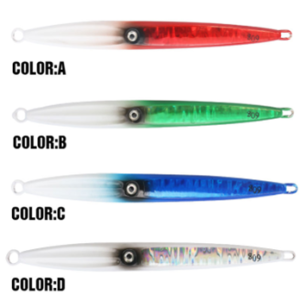
Saltwater Jigs Fishing Lures



